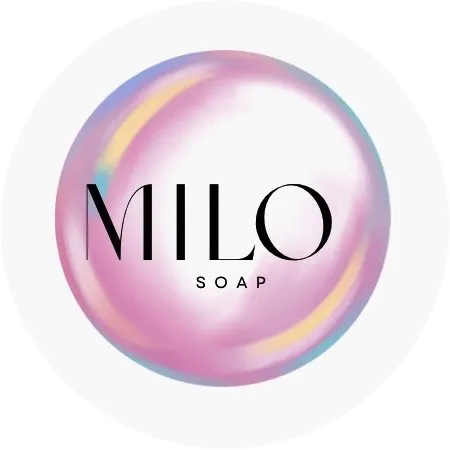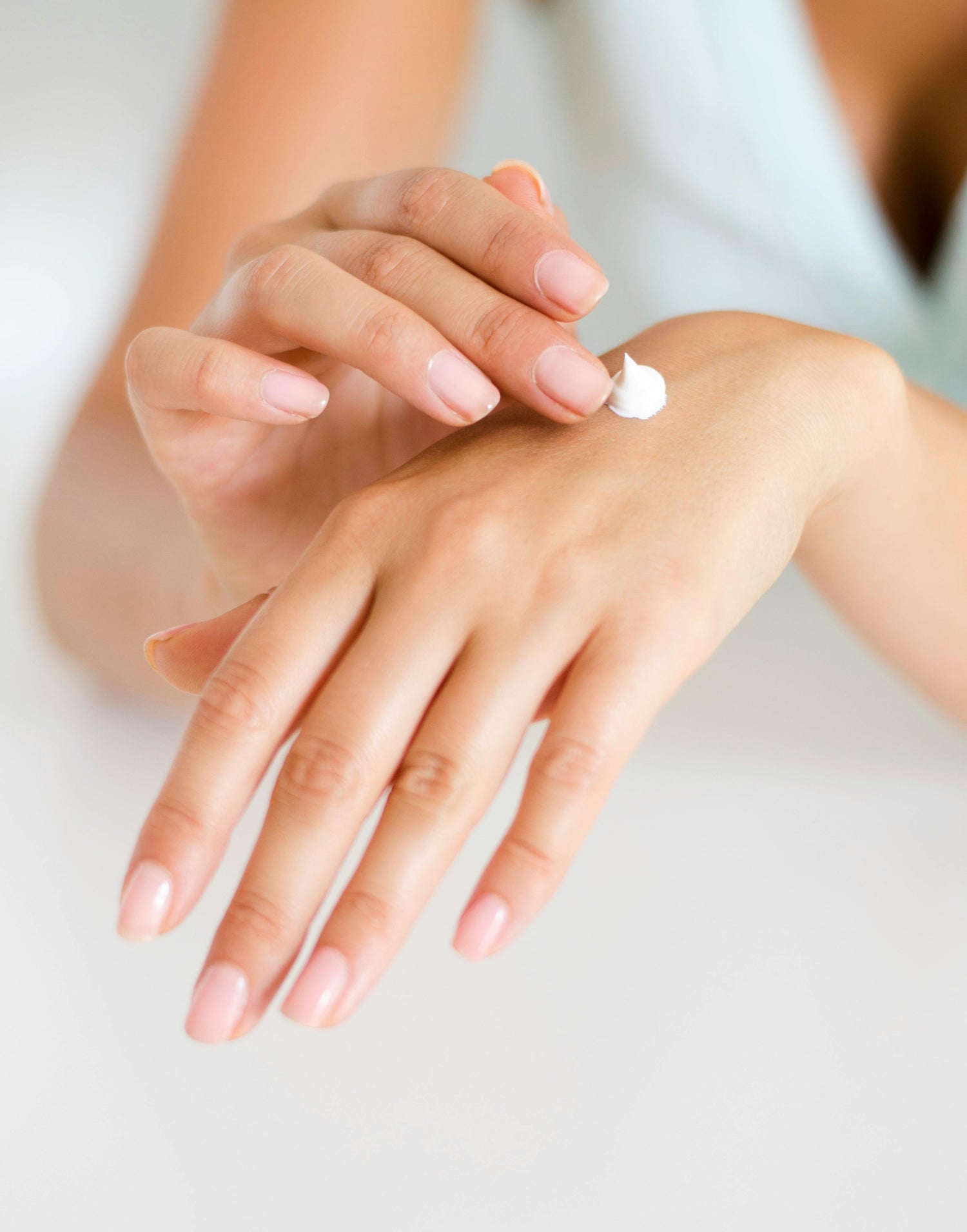
So... what is soap?
Share
Have you ever paused to consider how something as simple as a soap bar can effectively cleanse and purify? The science behind soap is not only fascinating but crucial in understanding how we keep ourselves clean each day. From its ancient roots to its modern-day formulations, the journey of soap is intertwined with chemistry, biology, and a dash of history.
In this article, we’ll take a deep dive into how soap works, shedding light on the intricate processes at play when we lather up and wash away the day's dirt and grime.
What is soap?
Soap is a compound formed by combining fat or oil with an alkali. Soaps come in various forms, from solid bars to liquid versions, and even specialised varieties like antibacterial or exfoliating soaps. The oils used in soap can be sourced from both plants and animals, while the alkali is typically sodium hydroxide or potassium hydroxide—commonly known as lye.
Through a process called saponification, these ingredients undergo a chemical reaction that transforms the fat or oil into soap. This reaction breaks down the oils into fatty acids and glycerin, creating a cleansing agent capable of removing dirt and oils from surfaces.
Some soaps also include additives such as fragrances or moisturisers, offering additional benefits for skincare.
A Brief History of Soap
Soap’s history stretches back thousands of years, and it’s a fascinating tale of trial, error, and innovation. Archaeological evidence suggests that the earliest forms of soap-like substances date back to around 2800 BC in ancient Babylon. Clay tablets from this period describe a soap mixture made from water, alkali, and cassia oil.
The ancient Egyptians are also credited with developing early soap-like products, using animal fats and vegetable oils combined with alkaline salts. They used this concoction not just for hygiene but for medicinal purposes, similar to the Romans and Greeks, who used soap to treat wounds and as a skin softener.
In fact, the word “soap” itself is believed to have originated from the Roman legend of Mount Sapo. According to the story, animal sacrifices were performed on the mountain, and the ashes mixed with rainwater created a soapy residue that helped wash the dirt from their clothing. The Romans, known for their emphasis on cleanliness, adopted this discovery and further refined soap-making, using it for both hygiene and medicinal purposes.
During the Middle Ages, soap production took off in the Islamic world, where sophisticated soap-making techniques were developed. The Moors introduced soap-making to Spain in the 9th century, which spread across Europe. By the time soap reached France and Italy in the 11th century, it was a popular commodity, especially in places like Marseille and Naples. In fact, the traditional Marseille soap, made from olive oil and lye, remains highly regarded for its quality to this day.
The 19th century saw soap-making revolutionised by the industrial revolution. In 1823, the French chemist Michel Eugène Chevreul made key discoveries in the chemistry of fats, laying the groundwork for mass-produced soap. By the 1850s, William H. Perkin developed the first synthetic dye, leading to a boom in soap production and new product lines. The production of soap became a large-scale industrial endeavour, and as the 20th century dawned, it became an everyday household item.
How Does Soap Work?
Soap is incredibly effective at not only cleaning but also sanitising. But how does it achieve this, and what’s the science behind it?
Soap works by breaking down oils and fats that carry germs and lifting them away from the skin. Oils and fats are nonpolar substances, meaning they don’t dissolve in water on their own. Soap, however, can interact with both oil and water, enabling it to bond with the fats and effectively remove them.
Soap as a Surfactant
Soaps are a type of surfactant—a substance that lowers the surface tension of a liquid. This makes the liquid more effective at breaking down oils and dirt. Surfactants are uniquely designed with both hydrophilic (water-attracting) and hydrophobic (water-repelling) properties. The hydrophilic part bonds with water, while the hydrophobic part binds to oils and dirt. This dual function allows soap to emulsify oils, trapping them in tiny clusters known as micelles.
When the soap is mixed with water, the hydrophilic outer surface of these micelles binds with water, while the hydrophobic core clings to oil or grease. This process effectively removes the oils and fats, which are then rinsed away with the soapy water.
Soap and Sanitisation
The reason soap is so effective at cleansing and sanitising is simple: it washes everything away. When you wash your hands with soap and water, the soap molecules grab hold of oil and grease molecules (along with any dirt) and pull them away from the skin, carrying them into the rinse water. Soap also combats bacteria and viruses, as it binds to the fatty molecules of viruses and breaks them apart. When you rinse your hands, both the oils and germs are washed off.
The Benefits of Handwashing with Soap
Handwashing with soap is one of the simplest yet most powerful habits for maintaining personal hygiene and health. Not only does it remove dirt, oil, and bacteria, but it also reduces the risk of infections and illnesses. Using quality soap bars, such as those from the English Soap Company, enhances this daily ritual, transforming it into a moment of self-care that nourishes the skin and promotes mental well-being.
Regular handwashing with soap is also vital for public health, helping to prevent the spread of diseases. Studies have shown that handwashing with soap and water is far more effective than using water alone at reducing bacteria. Thus, investing in high-quality soap doesn’t just serve personal indulgence; it’s an essential step towards maintaining a cleaner and healthier environment for all.
For more information, you can check the World Health Organisation’s recommended method for handwashing.
Hot vs. Cold Water for Washing
Have you ever wondered why it’s easier to clean grease and dirt with hot water than cold? It’s because fats soften or melt in warmer temperatures, making it easier for soap molecules to bond with them. This helps lift the grease and grime, making it easier to wash away.



